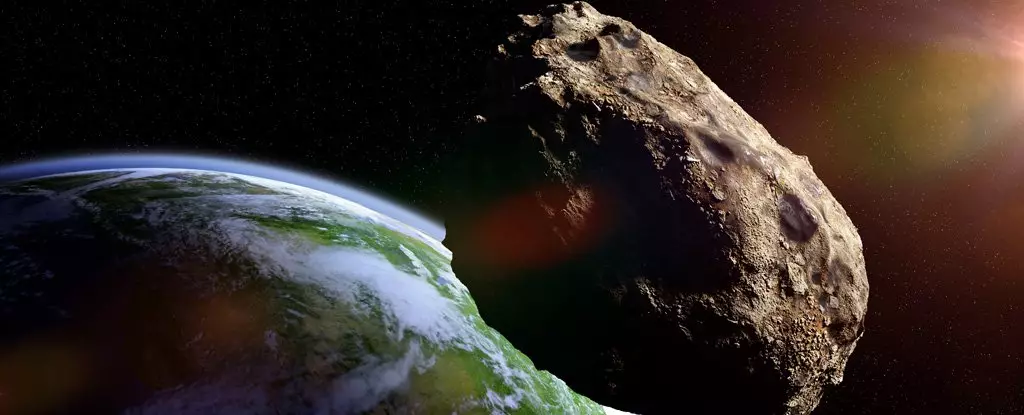Recent reports from global space agencies have raised alarms about a formidable asteroid designated as 2024 YR4, currently on a trajectory that merits vigilant monitoring. The International Asteroid Warning Network (IAWN) warns that there is a concerning 1 in 83 chance this asteroid could collide with Earth by December 22, 2032. As highlighted by Catalina Sky Survey engineer David Rankin, this scenario presents one of the highest probabilities of impact from a sizable asteroid in recorded history. While the prevailing expectation suggests a probable near miss, the implications of a potential collision are significant enough for scientists and governments worldwide to engage their planetary defense protocols.
Asteroid 2024 YR4 was initially detected on December 27, 2024, by the Asteroid Terrestrial-impact Last Alert System (ATLAS), a network designed to scan the skies for imminent threats. This rapid detection system is crucial not only for immediate assessment but also for initiating follow-up observations, which can provide clearer insights into the asteroid’s dimensions and trajectory. Astronomer Colin Snodgrass from the University of Edinburgh emphasizes the importance of precise observations; if initial data do not rule out the impact possibility, subsequent telescopic measurements will be critical for characterizing the asteroid’s orbit and physical properties.
Asteroid 2024 YR4 is estimated to measure between 40 to 100 meters in diameter—a size that, while not apocalyptic, presents a potential threat to specific regions on Earth. For instance, an impact could devastate an area approximately 50 kilometers around the site of collision, leading to catastrophic outcomes despite the asteroid not being large enough to cause global devastation. The IAWN has identified several potential impact zones, spanning regions in the eastern Pacific, northern South America, Africa, and South Asia. The early identification of these potential sites is crucial for fostering preparation and strategic planning regarding emergency responses should a collision occur.
Agencies including NASA and the European Space Agency are coordinating efforts through the IAWN to ensure continued monitoring of 2024 YR4, adhering to an established framework for planetary defense. Notably, the Torino Scale assigns the asteroid a rating of 3, indicating a need for close observation but not an immediate cause for alarm. The historic context is vital here; previously, only one asteroid, 99942 Apophis, registered a higher rating. Like 2024 YR4, calculations about Apophis’s trajectory initially suggested a potential risk before more precise data dramatically reduced the threat level.
The process of refining asteroid trajectories is inherently complex. When asteroids are first detected, the uncertainty surrounding their orbits is vast. As more positional data accumulate, the risk corridors typically tighten, revealing a clearer path that often avoids Earth, thereby diminishing initial worries about potential impacts. Despite this, Snodgrass emphasizes that continued and thorough observation is imperative, as the determined calculations thus far indicate that while the probability of impact is small, it is not negligible.
As the conversation around 2024 YR4 evolves, the Space Mission Planning Advisory Group will convene to discuss its trajectory, particularly if the impact risk remains elevated. Should the asteroid present a continued threat, advanced technologies for asteroid deflection or destruction will likely be debated, drawing from previous missions like NASA’s Dart, which successfully tested strategies for planetary defense. These conversations underscore humanity’s commitment to protecting Earth from cosmic threats through collaboration and innovation, facilitating a proactive rather than reactive approach to potential planetary dangers.
In the face of such threatening possibilities as those posed by asteroid 2024 YR4, the essence of preparedness and vigilance cannot be overstated. While hope remains that data will guide this celestial body firmly away from Earth, the reality is that cosmic events remain astoundingly unpredictable. A robust global response requiring continued observation, international collaboration, and technological planning is vital to safeguarding our planet. The actions taken today will play a critical role in determining our readiness for tomorrow’s astrological challenges, and it is a testament to the resilience of science and human ingenuity that we possess the tools needed to confront such potential dangers head-on. As we look forward, the promise of safeguarding our world relies on our unity and preparedness against the vast unknowns of space.

